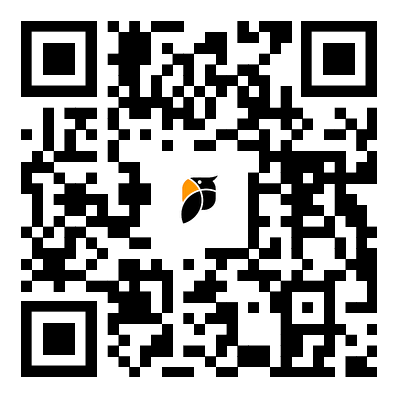USDT allows traders to avoid the market volatility common to most crypto assets. Using stablecoins also eliminates the additional costs and delays of converting between crypto and fiat currencies.
Over the past few years, Tether has also become one of the most popular crypto assets. Let’s take a deeper look at what Tether is and its role in the crypto market.
What is Tether (USDT)?
Stablecoin Tether - known by its ticker USDT - uses the blockchain like all other digital coins and tokens. Unlike Bitcoin and several other altcoins such as Litecoin and Ethereum, Tether's value is stable, fundamentally solving and eliminating the volatility factor of cryptocurrencies. Instead, each Tether is backed by a fiat reserve. With USDT, each token is backed by 1 USD.
Interestingly, Tether Limited, the company behind Tether, has issued tokens pegged to other fiat currencies such as the euro and Japanese yen. However, we only consider the case of USDT, which is backed by USD reserves managed by Tether Limited.
The history of tethers
The original project behind Tether was called “Realcoin”, which was announced in July 2014. Tether issued the first stablecoin tokens on the Bitcoin blockchain in October. In November 2014, Realcoin changed its name to Tether.
The controversy behind Tether
There is no denying that Tether has a lot of controversy. However, it has been quite effective in overcoming the hurdles of successfully remaining viable in the market.
Since the inception of the project, Tether Limited has maintained that each Tether stablecoin is 100% backed by its original currency. This means that Tether Limited’s reserves of the USDT stablecoin in circulation are 1 USD.
The company also added that users can exchange Tether stablecoins for fiat currencies. However, these claims lack substantial evidence, sparking controversy and debate over the lack of transparency.
In November 2017, Tether Limited claimed to have been hacked, resulting in the theft of $31 million worth of Tether assets. Months later, the company faced backlash for failing to prove the existence of substantial reserves of the Tether stablecoin. The company is also suspected of manipulating the prices of USDT and Bitcoin.
Tether claims that the U.S. dollar reserves all stablecoins. The company has since clarified that it uses traditional currencies and cash equivalents as well as other assets. It further believes that each Tether stablecoin is pegged 1-to-1 to the U.S. dollar.
benefit
The Tether stablecoin offers some advantages that typical cryptocurrencies such as Bitcoin or Litecoin do not.
Unlike Bitcoin or any other altcoin, Tether is not volatile. This means that the value of the coin does not fluctuate based on demand. In most cases, each Tether stablecoin is worth $1.
Tether can be used across multiple blockchain networks. This means that traders can choose the network when sending or receiving Tether.
Tether offers almost all the benefits of cryptocurrency. For example, you can enjoy competitive trading fees and enhanced security. Additionally, USDT is suitable for a wider range of use cases. For example, many traders use Tether as a first choice without having to worry about the price fluctuations often associated with Bitcoin and several other altcoins. Instead of cashing out the asset, traders can easily convert the asset to USDT to stabilize the price.
Using USDT also gives you access to cryptocurrency exchanges that do not accept cash payments. Instead of purchasing cash, users can purchase the desired amount of USDT tokens and conduct crypto transactions. On this note, we should also mention that Tether charges low transaction fees when you need to cash out fiat currencies.
Due to these advantages, Tether (USDT) is a more suitable choice for arbitrage trading.
In short, Tether bridges the gap between cryptocurrencies and fiat currencies.
shortcoming
Here are some potential issues with Tether you should know about.
Unlike Bitcoin or Ethereum, Tether is not a decentralized asset. Therefore, the growth potential of the token depends on the capabilities of the parent company, Tether Limited.
Due to its centralized nature, the Tether network requires you to break your anonymity under certain circumstances. For example, selling Tether for fiat currency requires extensive KYC.
Industry experts and veterans are skeptical about the fiat currency reserves Tether Limited claims to have.
How do I purchase and store a tether?
Tethers can be purchased on Liquid. You can also use Liquid Exchange to store your USDT. Liquid carriers support various flat stablecoins such as GYEN, ZUSD, XSGD, USDT, USDC, IDRT. These stablecoins are a key component of Liquid’s Stablecoin Exchange program, which will provide Liquid users with the ability to lend and borrow stablecoins as well as 24/7 synthetic FX pair trading using reliable, fiat-backed stablecoins.
Tether (USDT) solves a key area: linking fiat and crypto assets together. What's more, Tether allows customers to enjoy the many benefits of crypto trading and trading without having to worry about sudden price fluctuations.







